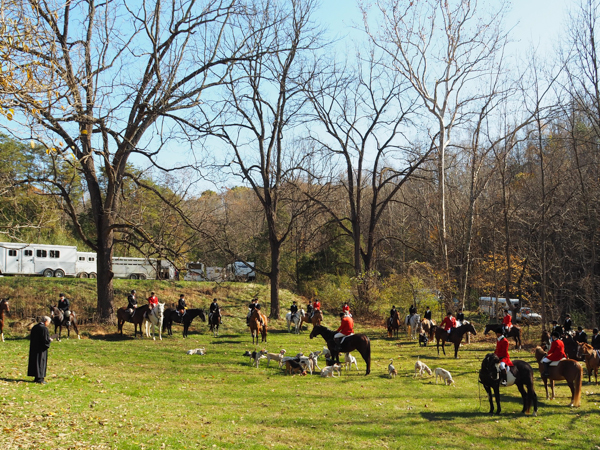I can't say that Portugal exceeded our expectations because neither of us had any. For once we hadn't done any of the suggested pre-trip reading, so we arrived as clean slates. Portugal was delightful! Our last Road Scholar trip on the Great Lakes had been long-awaited and turned out to be a disappointment so this was a refreshing counter-balance.

We lucked into a short spell of sunshine for the tour of the Villar de Allen garden in Porto. Portugal has been experiencing a drought so it would be churlish to complain of the frequent drizzles and downpours. Let's just say it made us appreciate every ray of sun!
The ancestral Allens came from England to produce port. England and France were at daggers drawn, so the British sought a new source of wine. England and Portugal have long been allies, so it was an obvious choice.
Problem: the increased transport distance required the wine be stabilized in some way. Solution: add brandy. Result: fortified wine named after the city where it was shipped: Porto!
The current generation of Allens, 8th from the original immigrants, have resurrected the tradition and are producing award-winning ports. After the garden tour we sampled some.

Our second day's excursion was to the royal city of Guimareas. Portugal was once a county in the kingdom of Leon. In the 12th century the king sent his sister and her husband to be his local representatives and ensure the stability of the region. The move backfired when their oldest son rebeled, exiled his parents and proclaimed himself king. The King of Leon acknowledged his independence after the pope blessed it.
The future Afonso I was born in the castle in the background and baptized in the small chapel. The Portuguese consider the city to be the cradle of the nation.

When most people think of Mateus they think of the cheap rosé wine in brown globular bottles that they drank in their youth.
That wine is still available.
The original Mateus estate has nothing to do with THAT wine. They do make their own wines. We visited the manor and its gardens.
We could only visit part of the estate because the family was in residence.
The huge tree in this picture is a deodar cedar planted in 1870 or thereabouts. Our arborist says that our very own deodar cedar is one of the largest he has seen in Virginia, but it was only planted in 1992 or so. It has a way to go yet! We don't expect to see it reach this size.

This monumental staircase leads from the Lemago town center to the church high on the hill. Pilgrims climb the 600+ steps, sometimes on their knees. We rode buses to the top and then had the option of walking down.
My knees are not what they once were, but I enjoyed the walk. There were tile work, sculptures, fountains, and other attractions at the various landings.
An avenue of trees and fountains led from the staircase to the Bishop's Palace. The fountains represented the four seasons. The palace is now an art museum with paintings and tapestries considered "national treasures" of Portugal.

When builders lowered the water level at the confluence of the Douro and Côa Rivers to build a bridge, they discovered prehistoric rock art along the banks. The finders tried to keep the artwork secret, but word got out. A planned dam on the Côa would have submerged what turned out to be an extensive range of engravings, but popular protests blocked the dam and preserved the site.
The museum and interpretive center built nearby contain replicas of major portions of the artwork.
This piece seems to be something of a "scratch pad" with multiple images overlaid on each other. Scientists have dated it to roughly 20K years ago. There is a horse in the approximate center of this image. It has two heads -- one high and one lowered. Interpreters believe this and similar images are intended to portray movement, but no one can be sure of the artist's intention.
Visitors can view the actual sites if they make prior arrangements. but they are not easily accessible.

We spent the next day cruising downriver without any excursions, but there was plenty to do onboard besides eat and drink.
There were a number of reproduction rabelo boats here and there on the river that have been repurposed as tourist craft. This is one of them.

Our final day's excursion was to Quinta Da Aveleda -- a wine estate and garden.
It was a fitting end to a wonderful trip.
The garden and estate were lovely, the food was delicious, and the wines were good too!

The next morning we left for the airport at 3:30am! Our flight was an hour late arriving at Dulles due to strong headwinds, but otherwise without incident. We were thankful that we had arranged to spend the night at a local hotel before driving home in the morning.
I always like to include a picture to remind us that the best part of travel is coming home. The day before we left for Portugal I joined some friends for the blessing of the hounds of the Rockbridge Hunt.
The hounds didn't seem impressed.
It is always good to be home.
Click your "back" button to return to the previous page or click for our picture album.